Hasselblad XCD 20-35mm f/3.2-4.5 Review: It’s Good and It Better Be
Most photographers probably don’t think Hasselblad makes zoom lenses. In a sea of primes, the company makes the general-purpose 35-75mm lens and even the older H-mount system only has a couple. But Hasselblad has finally branched out into the wide-angle realm with a new 20-35mm f/3.2-4.5 zoom lens. It is very good — and it better be with this asking price.
Perhaps the reason Hasselblad has avoided making zoom lenses is because of its dedication to premium optics. Zooms are convenient but they often come with optical compromises.

Traditionally, Hasselblad has made excellent lenses that deliver some of the highest quality results and they may have held off until now because it wanted to retain a certain standard of image quality. So can the new 20-35mm lens uphold the stringent requirements put upon it? For the $5,930 price that it costs to get one, I certainly hope so.
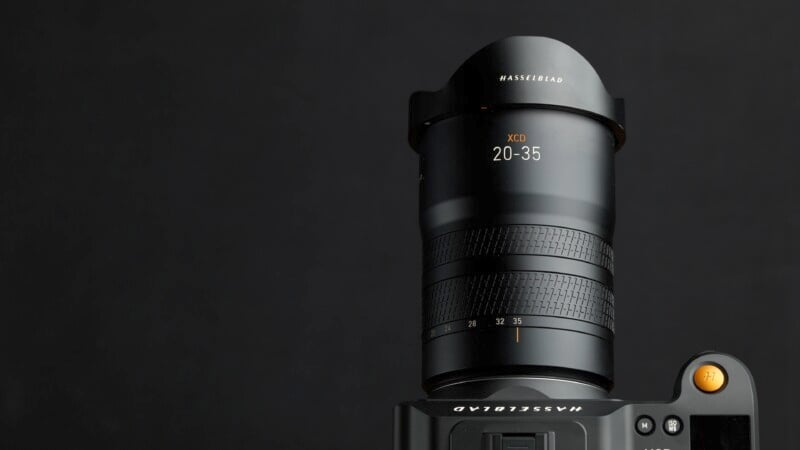
This latest lens holds the XCD moniker but it has an additional “E” designation which Hasselblad claims stands for “exclusive.” It could also stand for expensive, exorbitant, executive even, but at least when it comes to build quality it could stand for excellent.
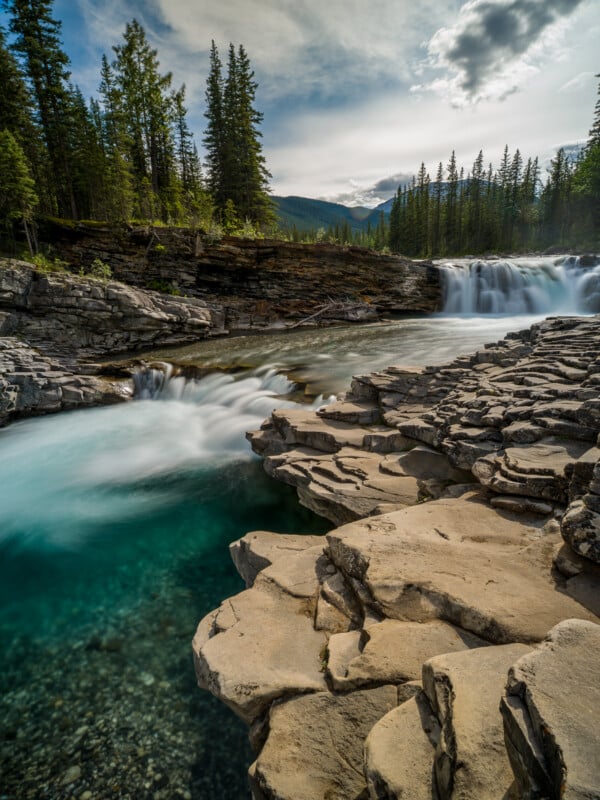
Hasselblad XCD 20-35mm f/3.2-4.5 Review: How It Handles
Like most of its lenses, the Hasselblad 20-35mm is very well built. I love the strong but lightweight metal housing and the “H” pattern that makes up the rubber grips on the lens. At only 28.4 ounces (805 grams) the lens is easy to carry around. The manual focus ring and zoom apparatus turn smoothly and the lens is sealed well against the elements.
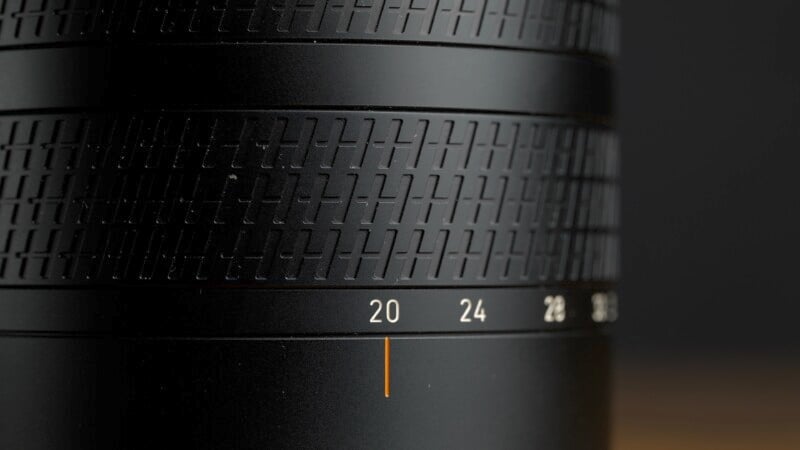
However, I do have some issues with the lens. There are no additional controls or buttons on the lens. Notably absent is any sort of manual focus control, whether it be a switch or push/pull clutch. An additional control ring would also be nice for use as an aperture ring or as an exposure dial.
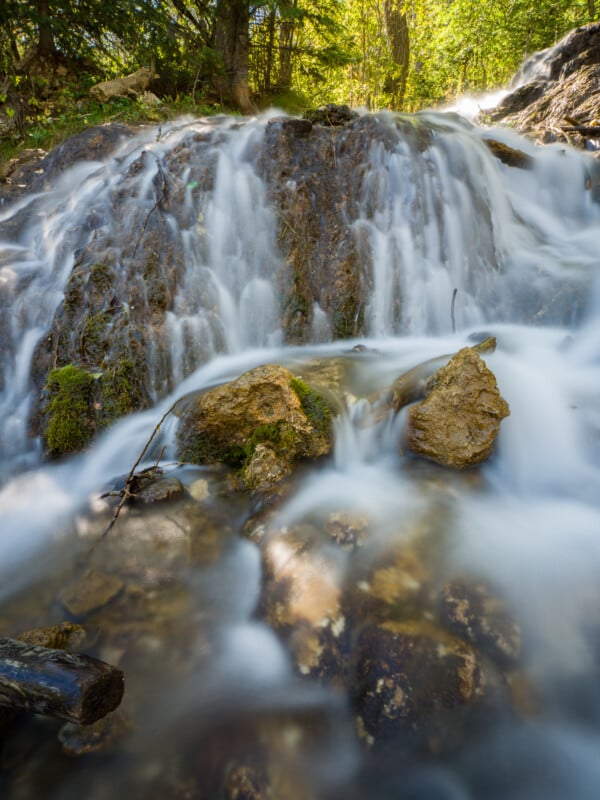
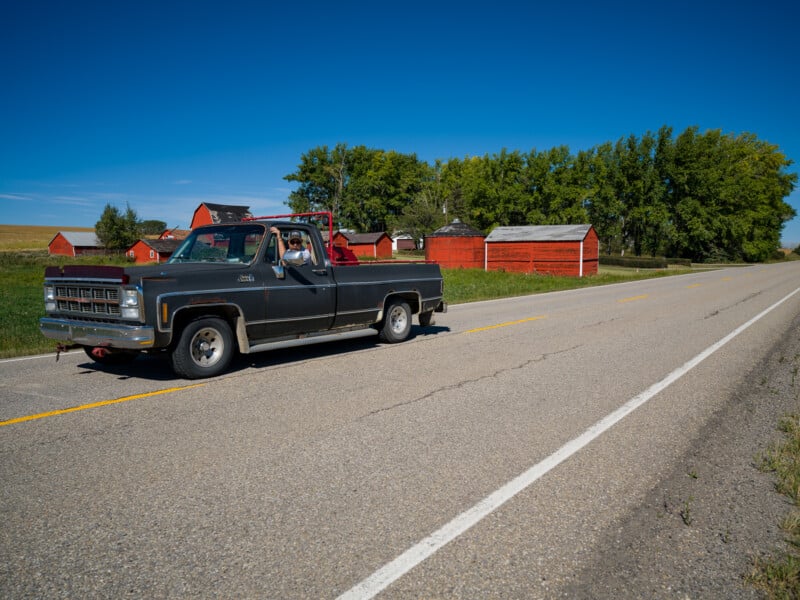
I’d also like to see Hasselblad change its overall lens hood design. The thin metal construction looks very svelte but it is easy to bend and warp and it never clips in place nicely but often mounts tilted or goes right past the mounting lugs. The 77mm filter ring at the front is convenient and common but I find that even a thin filter will show up in the corners of the image when shot at 20mm and I would prefer that it be more usable, even if we would need 82mm filters instead.
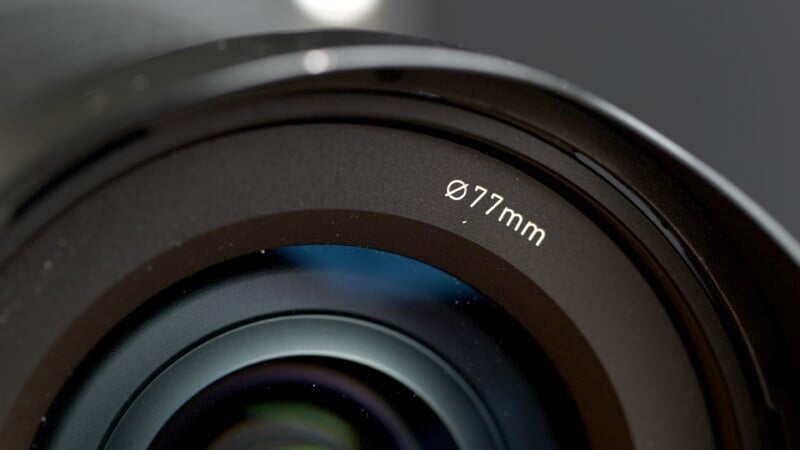
The autofocusing motors are of a stepping design and tend to be smooth but somewhat slow. This is pretty typical though when looking at Hasselblad lenses and the bodies themselves are not particularly fast at focusing either. I found the focusing speed adequate for the kind of landscape or studio work that would typically be done with this lens but for concert or street photos you just have to be a little patient with it.
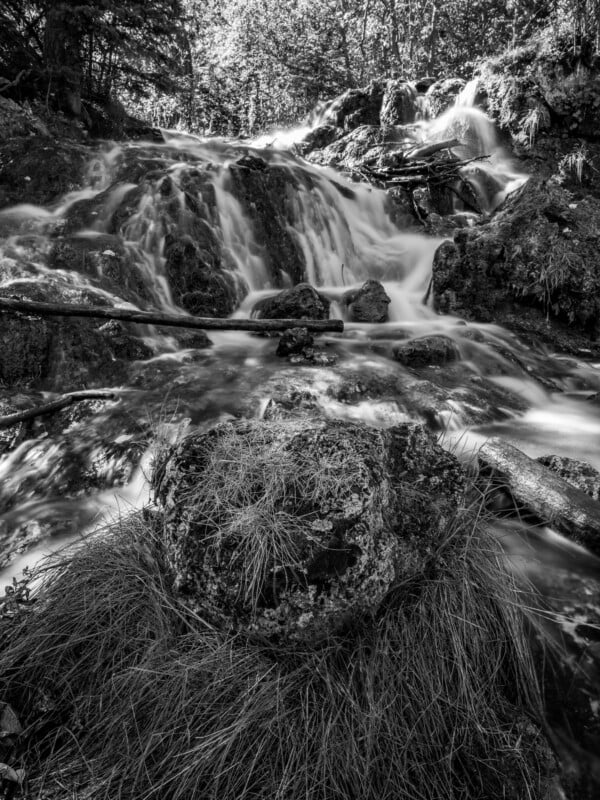
Hasselblad XCD 20-35mm f/3.2-4.5 Review: How It Handles
So when it comes to optical quality do we get what we paid for? We have had some pretty sunny days this summer and flare test opportunities abound so let’s take a look at performance on sunny days. The Hasselblad coatings do a great job of retaining contrast while pointed towards bright light sources and there is almost no ghosting when shooting at wider apertures.

There will be some ghosting when stopped down but it’s fairly minor and most visual issues I had were related to sensor reflections and not flare issues. Sunstars are also not bad with a fairly dramatic look to them and only a little bit of blurriness on the points.
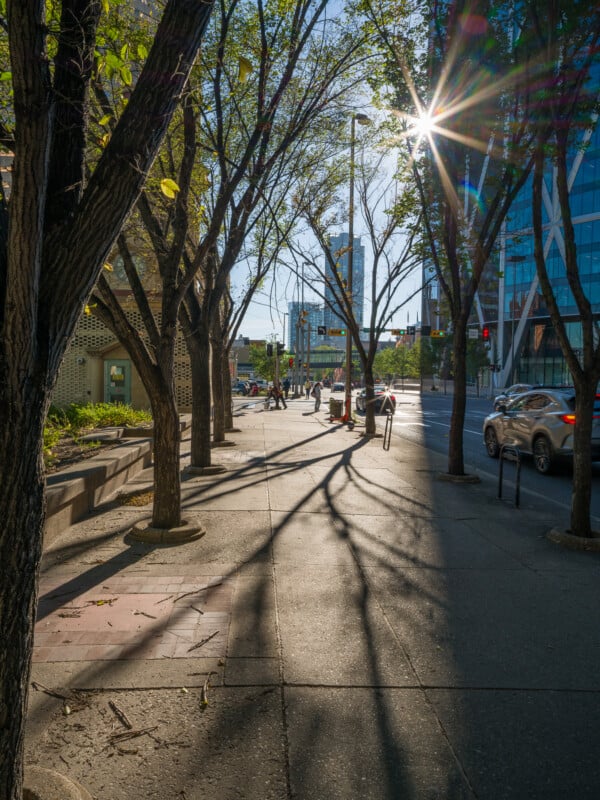
The 20-35mm is capable of some shallow depth of field shots with its relatively fast aperture range and the look of the bokeh is gorgeous. Specular highlights are free of any cat’s eye effect and there are no onion rings or major soap bubble look. Closed down, the highlights look nice and round and when the lens designers put a lot of effort into the look of the bokeh it translates into soft backgrounds and smooth transitions.
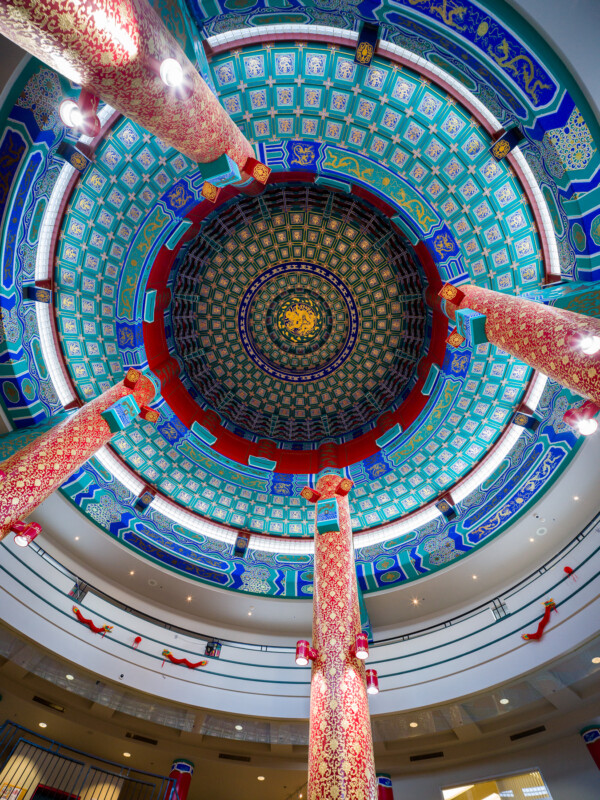
The 20-35mm is capable of focusing pretty close at 0.32 meters (12.59 inches) and you can certainly get shallow DOF at this distance. The lens close-focuses best at 35mm and can deliver fairly tight-looking shots but it is not a macro lens by any stretch. I didn’t find any issues with chromatic aberrations or LoCA either.
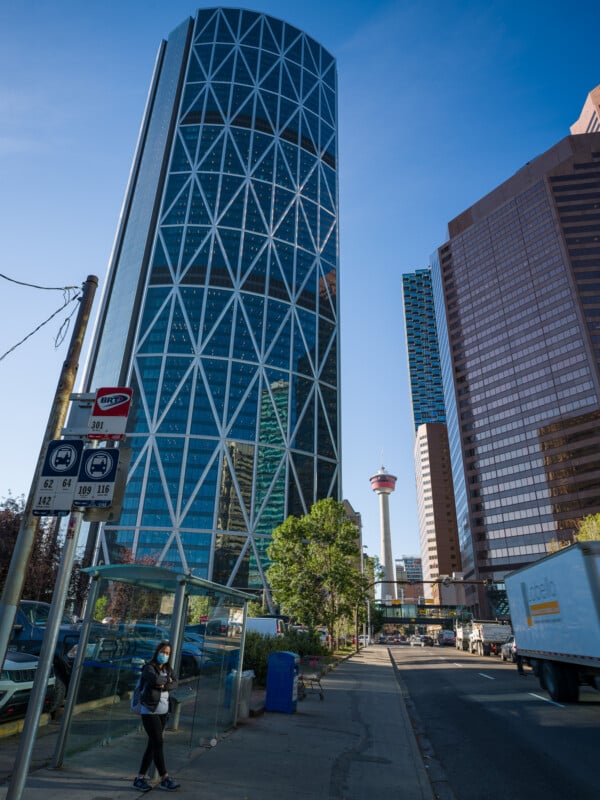
This is also a very sharp lens, fully capable of maximizing the 100-megapixel sensors that Hasselblad uses. At both 20mm and 35mm the centers of the images are quite sharp and very contrasty at the widest apertures. There is a very slight improvement in resolving power if you stop the lens down so I would recommend this for landscape work for example, but any user will find the lens sharp no matter what aperture is used.
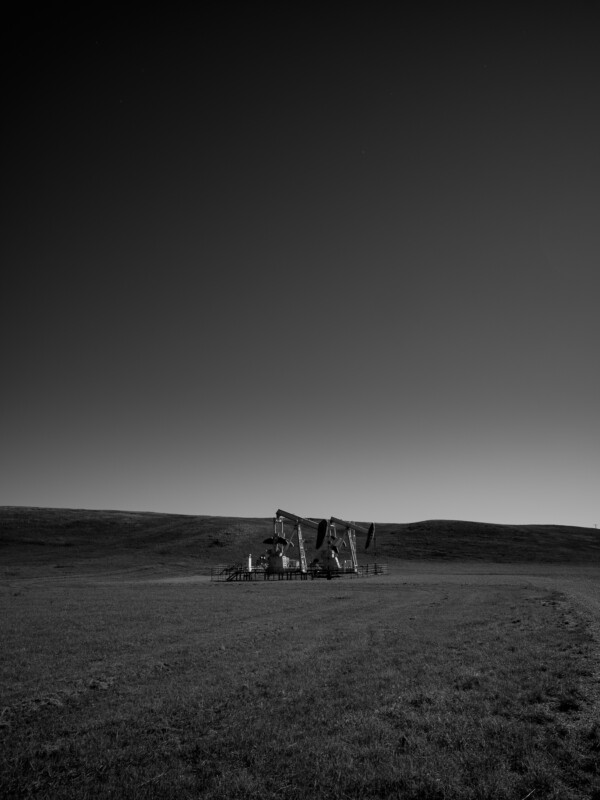
Corner sharpness is good too with softness only showing at the extreme corners wide open. Stopping down eliminates any minor vignetting and tightens up the corners even more so. This lens will have no issues with taking detailed landscape photos with good flatness and even focus to the corners.
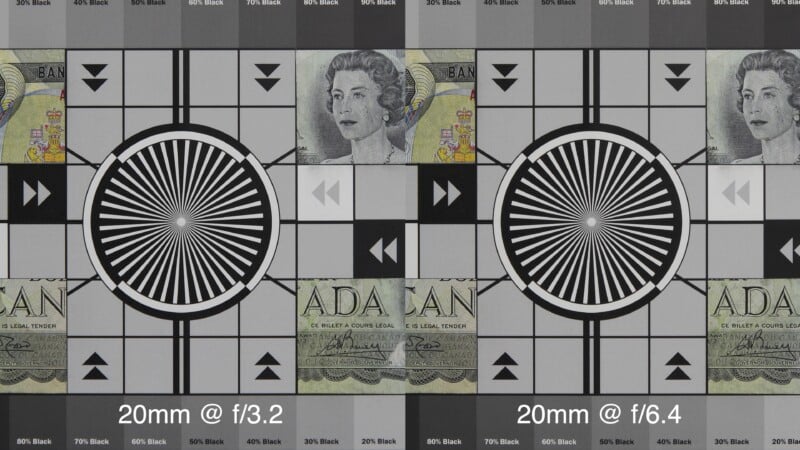
Hasselblad XCD 20-35mm f/3.2-4.5 Review: A Near Perfect Lens
The 20-35mm seems to be a near-perfect lens but it comes with a heavy cost — literally. Many prospective buyers will balk at the price but there is another way to look at it: considering how good the 20-35mm is optically, it could cover a range of at least three prime lenses and still provide comparable image quality. The lens is fairly fast, too, and I think many users will find it adequate for low-light event shooting and even the occasional astrophotography shot.

If you haven’t yet invested heavily in a few wide-angle prime lenses the 20-35mm could be just the lens you need to cover a wide range of focal lengths. Its excellent optical performance coupled with a fairly compact body design could make a lot of sense for someone shooting landscapes on the go or as a handy street and travel lens. It’s expensive for sure but it might just make a ton of sense for someone who loves their wide-angle photography.

Are There Alternatives?
Seeing as how Hasselblad doesn’t make many zooms the only real option is a few primes to cover it. The Hasselblad 25mm and 38mm are very bright with the f/2.5 aperture and could cover what the zoom covers with more light. The two primes would run more expensive than the one zoom priced at $5,930, however.
Should You Buy It?
Yes. It’s nice to see Hasselblad finally devoting energy into some convenient zooms and the optical performance isn’t forcing any serious compromises on you.